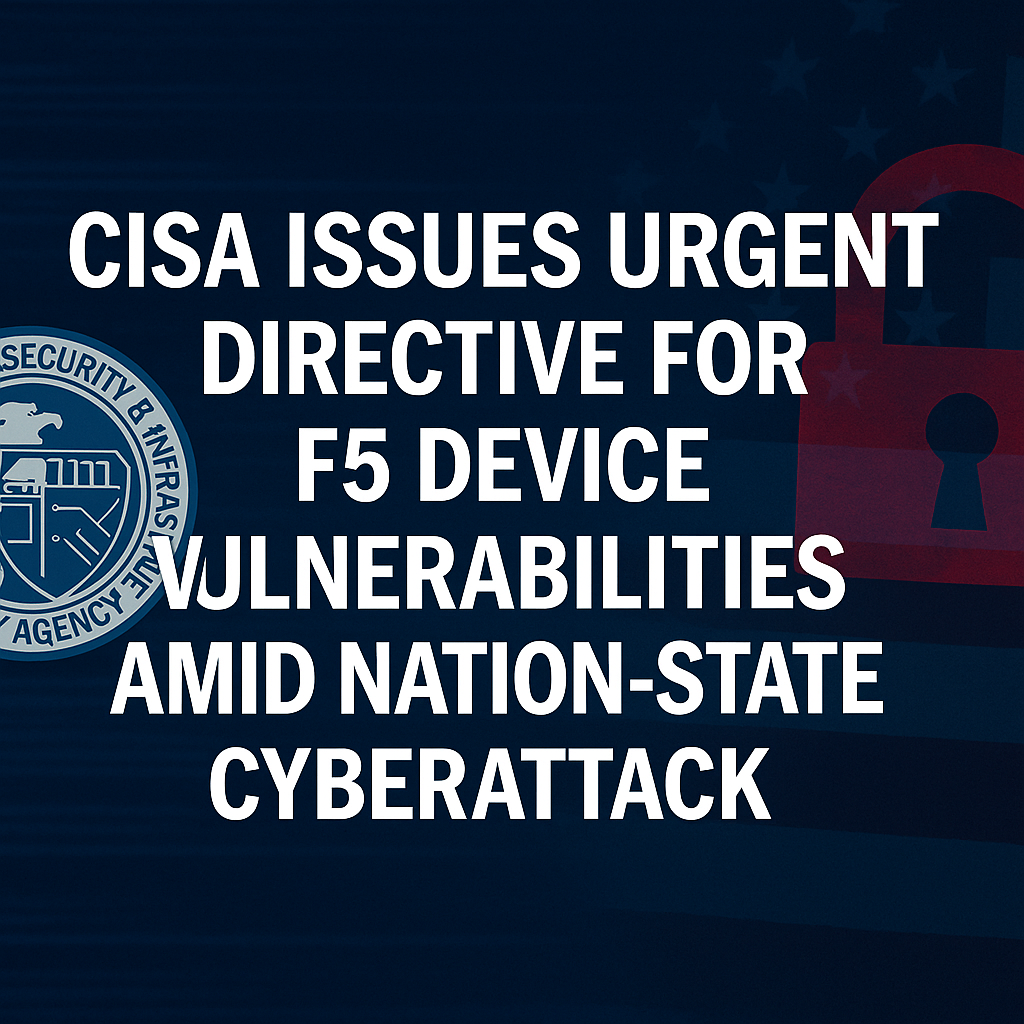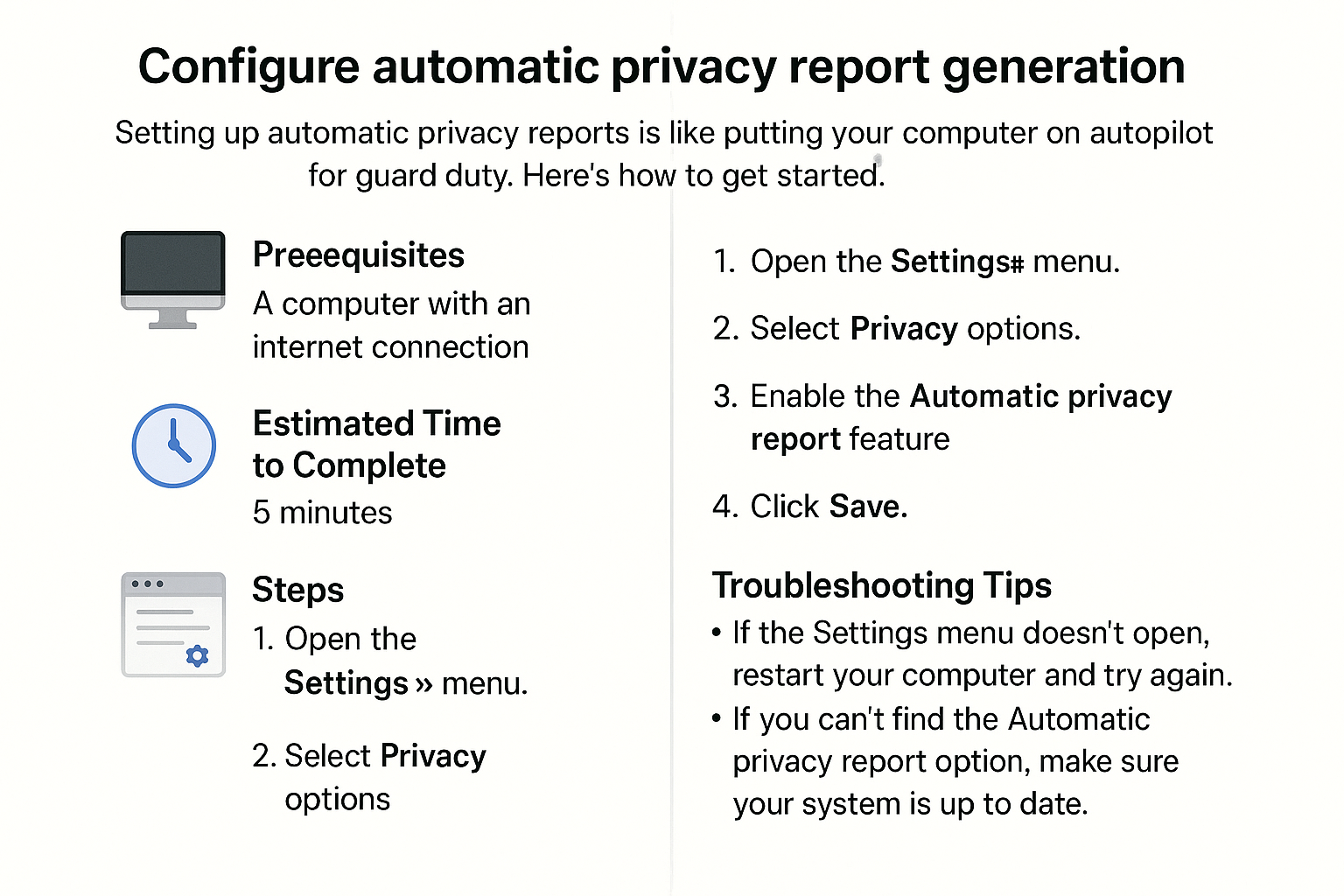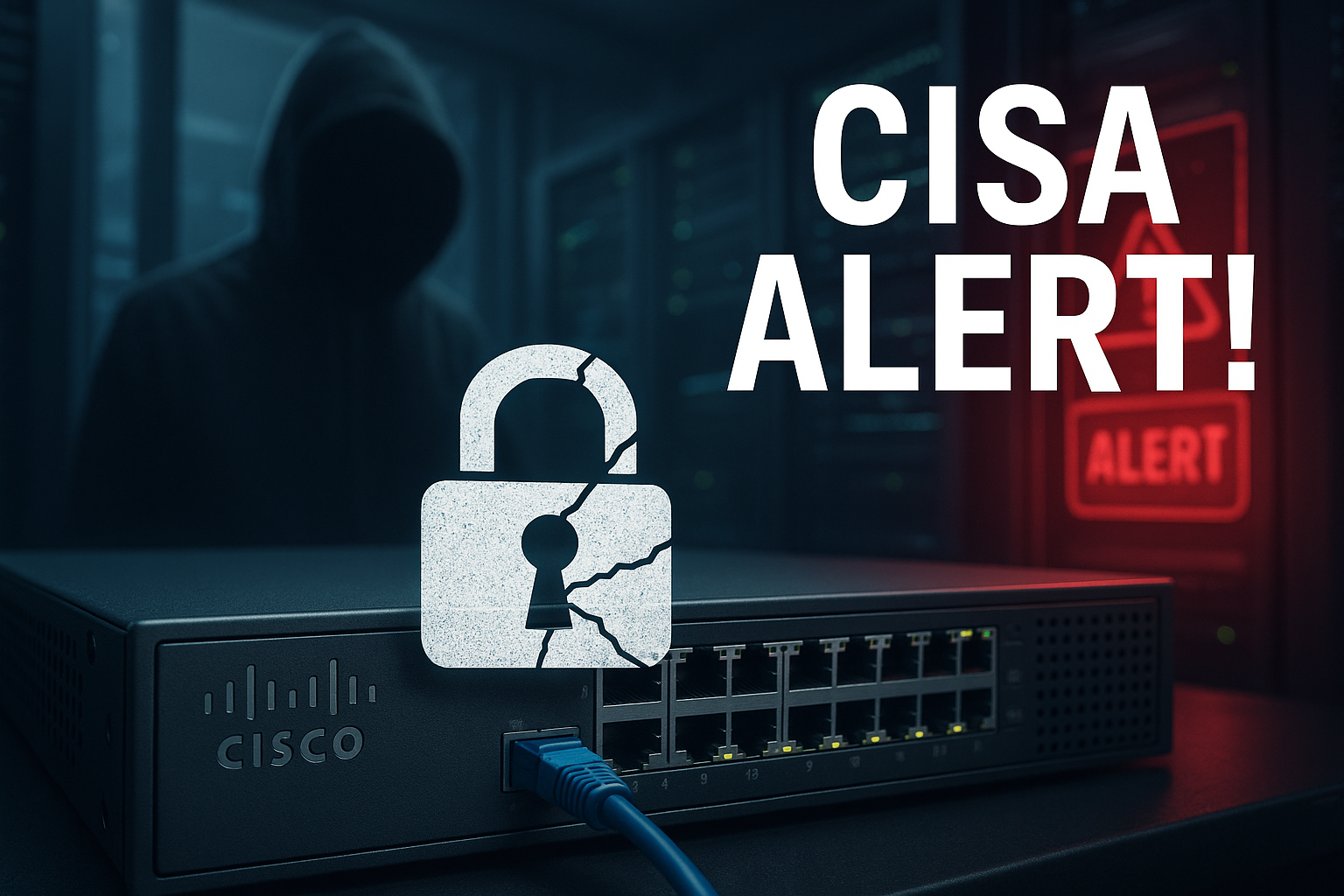CISA Issues Urgent Directive for F5 Device Vulnerabilities Amid Nation-State Cyberattack
On October 15, 2025, the Cybersecurity and Infrastructure Security Agency (CISA) took a significant step to safeguard federal networks by issuing Emergency Directive ED 26-01. This directive was prompted by recent revelations that a nation-state affiliated cyber threat actor had successfully breached F5 systems, compromising critical data, including proprietary source code and vulnerabilities that could be exploited to launch further attacks. The directive necessitates immediate action from Federal Civilian Executive Branch agencies in order to mitigate the identified vulnerabilities associated with F5 BIG-IP products.
The emergence of the vulnerabilities began with the discovery of unauthorized access to F5 systems. Reports suggest that the involved threat actor, suspected to have connections with a nation-state, exfiltrated sensitive data including the BIG-IP proprietary source code. This breach not only provided the attacker with technical insights but also raised alarms about the security of federal networks reliant on F5 technologies.
CISA's emergency directive outlines several critical actions agencies must take in the wake of this incident, emphasizing the urgency for an inventory of F5 devices and the timely application of necessary software updates. The deadline for updating these systems is set for October 22, 2025, with a complete inventory due by October 29, 2025.
F5 BIG-IP products are widely used in federal networks for application delivery services and traffic management. However, this incident highlights severe vulnerabilities, primarily linked to misconfigurations and outdated software.
The critical steps outlined by CISA include:
- Inventory: Agencies must compile a comprehensive list of all instances of F5 BIG-IP hardware and software in use.
- Harden Public-Facing Interfaces: It's essential to verify that any BIG-IP devices exposed to the public internet are configured securely, notably by ensuring that their management interfaces are not accessible externally.
- Update Required: Agencies must install the latest updates and validate the software integrity based on F5's published checksums. These updates address known vulnerabilities that the nation-state actor may exploit.
- Disconnect Unsupported Devices: Any public-facing F5 devices that have reached their end of support should be disconnected immediately to prevent unauthorized access.
- Mitigation Steps: If specific vulnerabilities, such as a cookie leakage, are identified, agencies are required to follow CISA's mitigation instructions promptly.
The situation with F5 reflects a broader trend in cyber threats targeting critical infrastructure and government networks. This incident can be likened to previous high-profile breaches where hackers gained access to sensitive data, including the SolarWinds attack in 2020, which exploited vulnerabilities in widely used software to compromise multiple federal agencies. Just like SolarWinds, this situation with F5 underscores the implications of software vulnerabilities in an interconnected world where reliance on technology is paramount.
Government organizations have recently ramped up responses to cyber threats, emphasizing proactive measures to bolster defenses. CISA's directive signifies an urgent call to action to address the ongoing vulnerabilities in software systems commonly used across government networks.
CISA underscored the critical need for prompt action in their announcement, stating that the ongoing vulnerabilities pose an imminent threat to federal networks that utilize F5 devices. “This is a serious incident that requires immediate attention from all agencies. The potential consequences of inaction could be severe and wide-reaching,” a CISA spokesperson emphasized.
Additionally, cybersecurity experts warn that without timely remediation, federal networks could remain susceptible to further exploitation by hostile actors, who may leverage the stolen proprietary information to enhance their attack strategies.
The implications of this directive extend beyond government agencies. Vulnerabilities in widely used products like F5 BIG-IP have far-reaching consequences, potentially impacting businesses and private users who utilize similar technologies, as cybercriminals often target multiple sectors by exploiting known weaknesses. This situation serves as a wake-up call for organizations of all sizes to reassess their cyber hygiene practices, focusing more on application security and continuous vulnerability management to prevent breaches.
For everyday users, the significance lies in the potential trickle-down effect—if federal agencies are compromised, sensitive data and services could become vulnerable, affecting everything from funding to cybersecurity measures that impact civilians.
What Readers Can Do
- Stay Informed: Sign up for updates from CISA and other cybersecurity agencies to remain aware of emerging threats.
- Software Updates: Regularly update all software and systems to ensure vulnerabilities are patched. Check that you are running the latest security version of any applications that you use.
- Secure Configurations: If you manage devices or software in your organization, ensure that configurations are secure, especially for any public-facing interfaces.
- Backup Data: Regularly back up your important data to ensure you can recover in the event of a cyber incident.
- Engage with Security Practices: Make sure that you employ best practices like multi-factor authentication and strong, unique passwords across your devices.
CISA’s Emergency Directive ED 26-01 represents a critical intervention against a sophisticated cyber threat that highlights the vulnerabilities inherent in widely used network technologies. With consistent updates and vigilance, organizations can help mitigate these risks and protect their networks—an essential step in the ongoing fight against cybercrime. The situation serves as a reminder that cybersecurity is not just a technical issue, but a fundamental aspect of national security and individual safety.
References
- CISA Emergency Directive ED 26-01
- F5 Networks documentation regarding vulnerabilities and updates
- Analysis of previous cybersecurity incidents
- Expert commentary on software vulnerabilities and their implications across sectors











